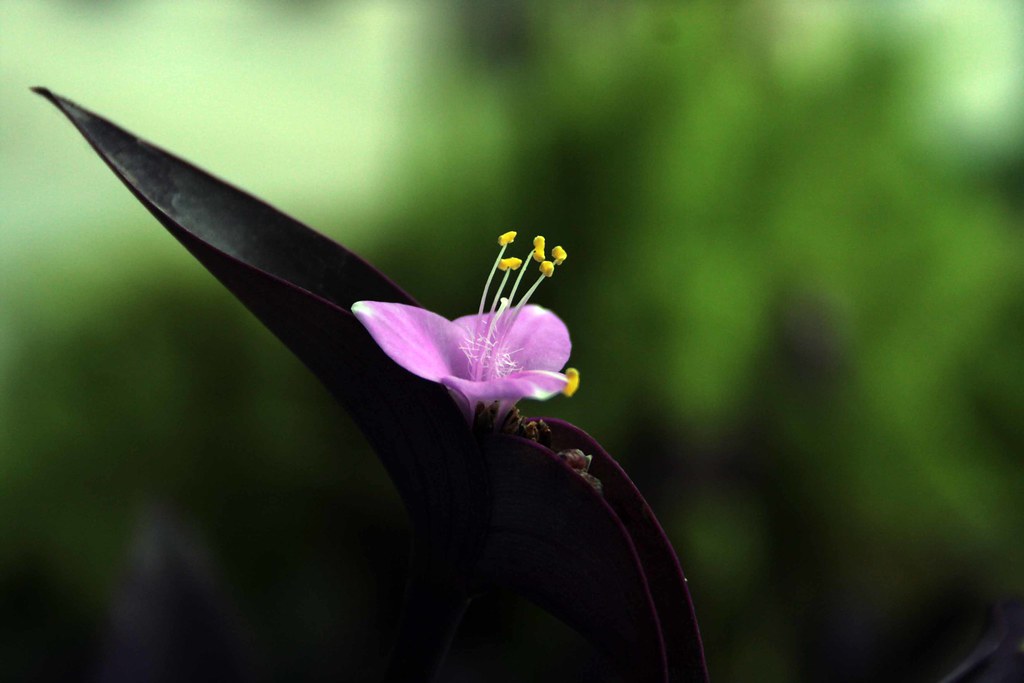In a landmark contribution to global orchid biodiversity, a new orchid species named Crepidium assamicum has been discovered in Assam’s Dibru-Saikhowa National Park. This rare botanical find marks a significant step for ecological research and conservation in the Northeast region of India. The species was officially documented in the esteemed botanical journal Fedes Reporter by botanists Khyanjeet Gogoi and Dr. Jintu Sharma, whose decade-long commitment to orchid research has led to this monumental discovery.
A Decade of Dedication: The Journey to Discovery
The story of Crepidium assamicum dates back to 2008–2009, when Khyanjeet Gogoi and Dr. Jintu Sharma began their extensive fieldwork across Assam. Their focus was on identifying rare and undocumented orchid species in the region, which is renowned for its rich floral diversity. After years of methodical surveys and morphological analyses, they successfully identified and documented this new species, setting a benchmark in orchidology.
Their work not only contributes to global taxonomy but also reflects the incredible biodiversity harbored in Assam’s forest and grassland ecosystems.
What Makes Crepidium assamicum Unique?
The newly discovered orchid has distinctive features that set it apart from its botanical cousins within the Crepidium genus:
- Larger flower structure compared to others in its genus.
- Blooming period is unique, occurring between July and August.
- It prefers open grasslands over dense forests—an unusual habitat for orchids.
- Emits minimal fragrance, which is rare among blooming orchids.
These traits not only make Crepidium assamicum scientifically significant but also ecologically intriguing, as it challenges common assumptions about orchid habitats and behavior.
Ecological Importance and Geographical Range
Crepidium assamicum is currently known to exist only in the open grasslands near the riverbanks of Dibru-Saikhowa National Park, located in Dibrugarh district, Assam. The estimated population stands at around 500–600 individuals, indicating a relatively healthy but highly localized population.
The specific habitat requirement underscores the importance of preserving its unique ecological niche, especially as such grassland ecosystems are increasingly threatened by human activities and climate change.

Assam: A Hotspot for Orchid Diversity
Assam is already celebrated for its orchid diversity, with over 414 recorded species between Assam and neighboring Arunachal Pradesh. The discovery of Crepidium assamicum adds a prestigious new entry to this list and highlights Assam’s role as a biodiversity hotspot.
This rich diversity is not just a point of pride but a vital part of the ecological balance, supporting various pollinators, flora, and fauna across the region.
Conservation Status: A Call for Action
Despite the excitement, Crepidium assamicum has been provisionally assessed as “Threatened” under the IUCN Red List Categories and Criteria (2024). This preliminary status reflects its restricted distribution and limited population, urging immediate attention from both governmental and environmental bodies.
Conservation efforts must focus on protecting its habitat, controlling developmental pressures, and supporting ecological research that monitors its long-term survival.
Personal Contributions and Public Awareness
Khyanjeet Gogoi’s commitment to orchid conservation extends beyond fieldwork. He has developed a personal orchid park at his residence, which now serves as an educational and tourism destination. Recognizing his efforts, the Assam Government awarded him the “Paribha Mitra” (Friend of Nature) honor.
The discovery of Crepidium assamicum has sparked significant interest among researchers, conservationists, and the general public. It has brought attention to the need for sustainable conservation and biodiversity education in Assam and the larger Northeastern region.
Conclusion: A Blooming Beacon for Biodiversity
The unearthing of Crepidium assamicum is more than a scientific milestone—it’s a powerful symbol of Assam’s ecological richness and the urgent need to protect it. As the orchid blooms quietly on the banks of Dibru-Saikhowa, it tells a louder story of resilience, research, and the rediscovery of natural wonders.
In celebrating this new species, we are reminded of nature’s secrets yet to be uncovered and the shared responsibility we carry to preserve these treasures for future generations.




